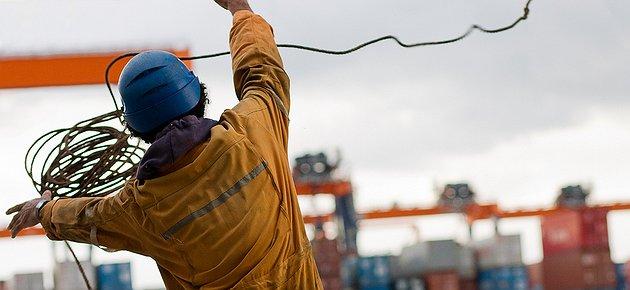
Putting human rights at sea on the supply chain map
Reproduced with permission.
31 October 2016. Verisk Maplecroft.
At any one time in a year, 90,000 cargo ships are carrying around 80% of all global trade across the world’s oceans. Yet shipping is mostly invisible in supply chain maps or risk assessments that trace a product’s journey, from source to retail. Similarly, the onboard conditions suffered by some ships’ crews – who are left unpaid for months, for example, or abandoned on detained or bankrupt container ships – have rarely made the headlines.
Scrutiny of supply chains at sea is, however, on the rise in the UK. In June, an offshore supply vessel, the Malaviya Seven, was detained in Aberdeen under suspicion that the crew were working in conditions of modern slavery. In August, the UK authorities gained powers under the Modern Slavery Act to step up ship inspections and detain ships found to be holding seafarers in servitude. In September, an international conference organised by Human Rights at Sea brought the shipping industry and NGOs together to push maritime human rights onto the business and news agenda.
However, for ethical sourcing executives responding to this scrutiny, doing the right thing by seafarers is no easy task, given the complex world of maritime shipping.
All sectors face risks from modern slavery at sea
